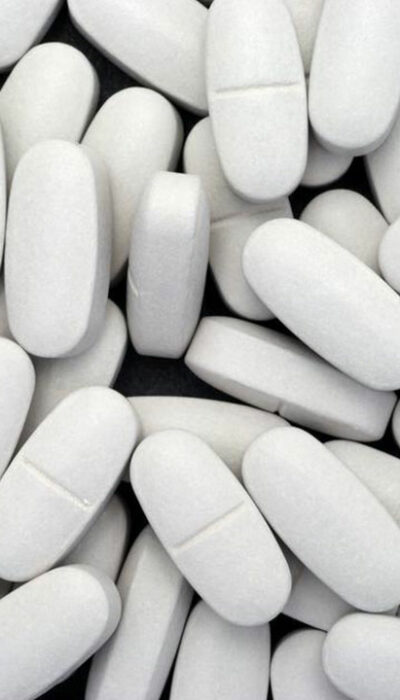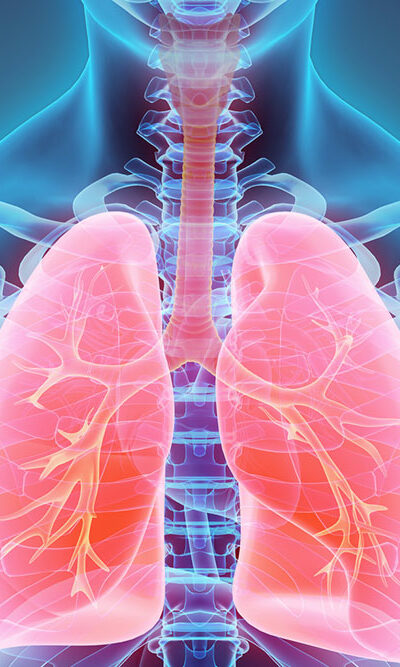
Causes, Types, and Prevention of Strep Meningitis
Strep meningitis refers to the enlargement or inflammation of the membranes surrounding the spinal cord and brain. This swelling can trigger a severe headache, stiff neck and high fever. In scientific language, these membranes enveloping the brain are called ‘Meninges’, thus giving the illness its name: Meningitis. This form of the disease can occur in three types, be it viral, bacterial or fungal. Bacterial strep meningitis is the most life-threatening form and if left untreated can lead to whole-body paralysis, sepsis, stroke and even death. Cause and symptoms of strep meningitis Having strep meningitis in the system may be the cause for certain other illnesses, like blood infections, sinus infections, pneumonia. This bacterium is highly contagious and may come in contact with another person via coughing, sharing cosmetics, sneezing etc. In strep meningitis, a bacterium, fungus, virus or parasite spreads through the bloodstream until it reaches the target organ i.e. brain or spinal cord. It tends to set base up in the membrane lining and slowly spreads through the vital body parts and develops into a much more advanced infection. The initial symptoms for meningitis mimic the symptoms of influenza which is usually just eyewash. Possible signs and symptoms include: Stiff neck Nausea and sudden high fever Confusion and stiffness in the body Stroke and seizures Lowered appetite or thirst Sleepiness Skin rash in extreme case Type of strep meningitis Meningitis can be broadly classified into three types. Bacterial strep meningitis Bacterial strep meningitis can be fatal within days if prompt treatment is not initiated. The bacteria enter the bloodstream and invade the meninges. This may also be triggered by a sinus infection or a skull fracture. Delayed action in extreme cases may result in permanent brain damage and even death. Several strains of bacteria that can cause acute strep meningitis which is Streptococcus pneumonia.










